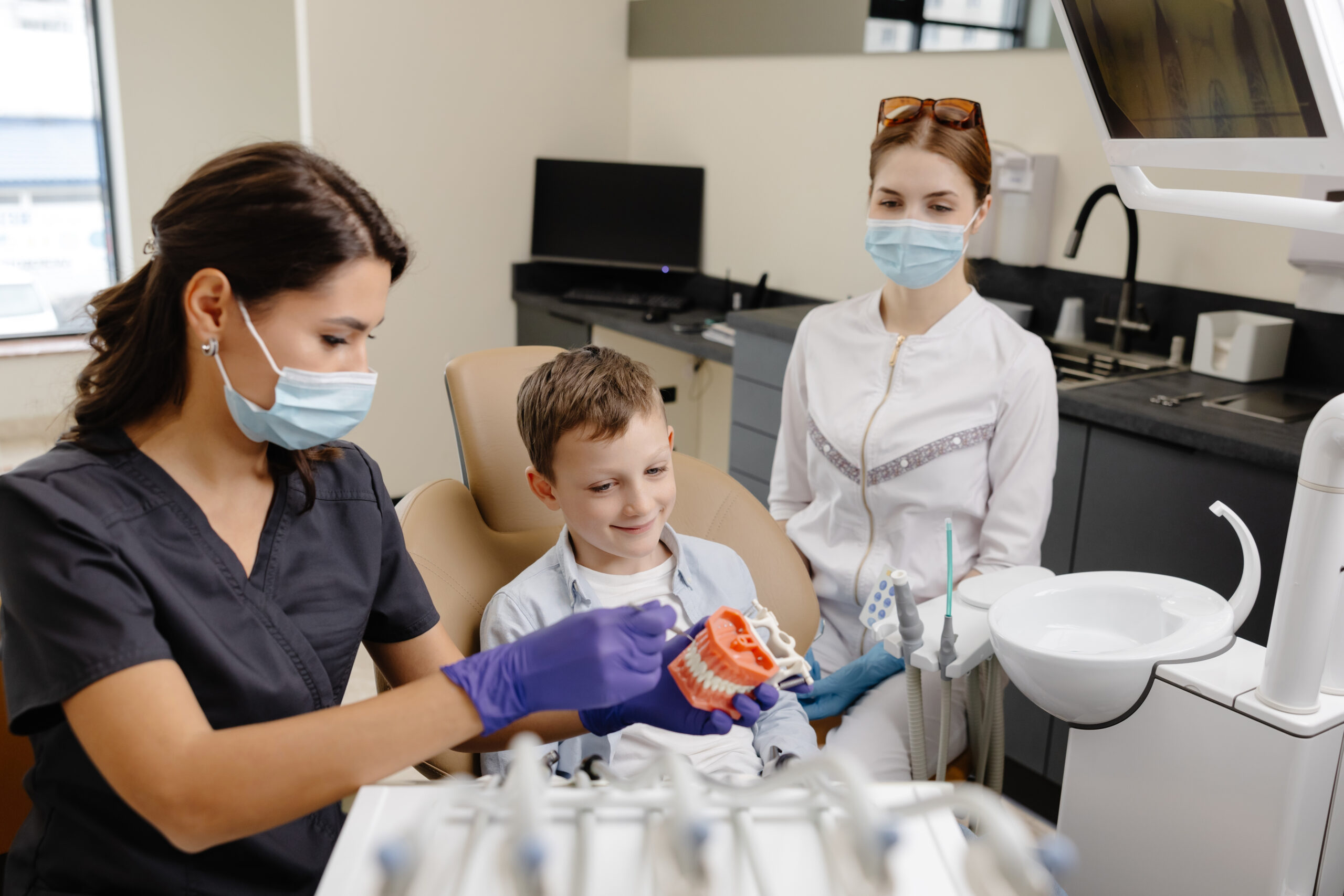Crooked teeth can affect more than just your appearance they impact your confidence, oral health, and even how you speak. Fortunately, modern orthodontics offers several effective solutions to straighten your smile. Understanding the different types of braces available can help you make an informed decision about which treatment best fits your lifestyle and budget.
This comprehensive guide explores the most popular types of dental braces, their unique advantages and drawbacks, and what you can expect from each treatment option. By the end, you’ll have the knowledge needed to discuss your options with an orthodontist and choose the path toward your ideal smile.
Traditional Metal Braces: The Time-Tested Solution
Metal braces remain the most common orthodontic treatment, and for good reason. These braces consist of metal brackets bonded to your teeth, connected by archwires that gradually shift your teeth into proper alignment.
Advantages of metal braces:
- Most cost-effective option among all types of braces
- Highly effective for complex orthodontic issues
- Faster treatment times compared to some alternatives
- Durable and reliable construction
- Customizable with colored rubber bands for a fun touch
Disadvantages of metal braces:
- Most visible orthodontic option
- Dietary restrictions to protect the brackets
- Regular adjustments required every 4-6 weeks
- Potential discomfort during adjustment periods
Metal braces work exceptionally well for severe crowding, significant bite issues, and cases requiring precise tooth movement. They’re particularly popular among teenagers who enjoy changing their bracket colors to match school colors or holidays.
Ceramic Braces: Blending Function with Aesthetics
Ceramic braces function identically to metal braces but use tooth-colored or clear brackets instead of metal ones. This makes them significantly less noticeable while maintaining the effectiveness of traditional braces.
Advantages of ceramic braces:
- Less visible than metal alternatives
- Same effectiveness as traditional braces
- Strong and durable ceramic material
- Suitable for complex cases requiring precise movement
Disadvantages of ceramic braces:
- Higher cost than metal braces
- Potential for staining if oral hygiene is poor
- Slightly bulkier brackets than metal versions
- Longer treatment time in some cases due to material properties
Ceramic braces appeal to adults and image-conscious teenagers who want effective treatment without the obvious appearance of metal braces. They’re particularly popular among professionals who interact frequently with clients or customers.
Lingual Braces: The Hidden Alternative
Lingual braces represent one of the most discreet types of braces available. These custom-made brackets attach to the back surfaces of your teeth, making them completely invisible from the front.
Advantages of lingual braces:
- Completely invisible from the outside
- Customized to fit your specific tooth shapes
- Effective for most orthodontic issues
- No dietary restrictions based on appearance concerns
Disadvantages of lingual braces:
- Most expensive option among traditional braces
- Difficulty speaking initially as your tongue adjusts
- Challenging to clean due to bracket placement
- Longer treatment times and more complex adjustments
- Not suitable for severe bite problems
Lingual braces work best for adults in professional settings where appearance matters significantly. However, they require patience during the adjustment period and dedication to maintaining excellent oral hygiene.
Invisalign: Clear Aligners for Modern Lifestyles
Invisalign revolutionized orthodontic treatment by introducing clear, removable aligners that gradually straighten teeth. These custom-made plastic trays are virtually invisible and offer unprecedented flexibility.
Advantages of Invisalign:
- Nearly invisible appearance
- Removable for eating and cleaning
- No dietary restrictions since aligners are removed during meals
- Easier oral hygiene maintenance
- Comfortable with no metal parts to irritate soft tissues
- Fewer office visits required
Disadvantages of Invisalign:
- Higher cost than traditional options
- Requires discipline to wear 20-22 hours daily
- Not suitable for complex orthodontic cases
- Potential for loss or damage of aligners
- Possible speech changes initially
Invisalign works exceptionally well for mild to moderate crowding, spacing issues, and minor bite problems. It’s particularly popular among adults who want to straighten their teeth without disrupting their professional or social lives.
Choosing the Right Type of Braces for Your Needs
Selecting the best orthodontic treatment depends on several factors unique to your situation:
Consider your orthodontic needs: Complex cases involving severe crowding, significant bite issues, or major tooth rotation typically require traditional metal or ceramic braces. Simpler alignment issues may be suitable for Invisalign treatment.
Evaluate your lifestyle: Active individuals might prefer options without protruding brackets, while those with busy schedules might appreciate fewer required appointments.
Budget considerations: Metal braces typically cost less than other options, while lingual braces and Invisalign represent premium treatments with higher price points.
Age factors: Teenagers might embrace colorful metal braces, while adults often prefer more discreet options like ceramic braces or Invisalign.
Professional requirements: Career considerations may influence your choice, especially in client-facing roles where appearance matters significantly.
Caring for Your Braces: Tips and Best Practices
Regardless of which types of braces you choose, proper care ensures successful treatment and healthy teeth throughout the process.
Daily oral hygiene routine:
- Brush after every meal using fluoride toothpaste
- Floss daily with orthodontic floss threaders or water flossers
- Rinse with antibacterial mouthwash to reduce bacteria
- Use interdental brushes to clean around brackets
Dietary guidelines:
- Avoid hard foods like nuts, ice, and hard candy
- Skip sticky foods such as caramel and chewing gum
- Cut corn off the cob and apples into small pieces
- Limit sugary drinks and acidic beverages
Managing discomfort:
- Use over-the-counter pain relievers as directed
- Apply orthodontic wax to irritating brackets
- Rinse with warm salt water to soothe sore spots
- Eat soft foods during adjustment periods
Regular appointments:
- Attend all scheduled adjustment appointments
- Report any broken brackets or loose wires immediately
- Follow your orthodontist’s specific instructions
- Maintain regular dental cleanings throughout treatment
Achieving Your Perfect Smile with Modern Orthodontics
Modern orthodontics offers more options than ever before, ensuring there’s a suitable treatment for virtually every patient and lifestyle. Whether you choose traditional metal braces for their reliability and affordability, ceramic braces for improved aesthetics, lingual braces for complete invisibility, or Invisalign for maximum flexibility, the result is the same: a straighter, healthier smile.
The key to successful orthodontic treatment lies in choosing the right option for your specific needs and maintaining excellent oral hygiene throughout the process. With proper care and regular orthodontic visits, you’ll achieve the confident smile you’ve always wanted.
Ready to explore your options and begin your journey toward a straighter smile? Schedule a consultation today to discuss which types of dental braces work best for your unique situation and lifestyle needs.








